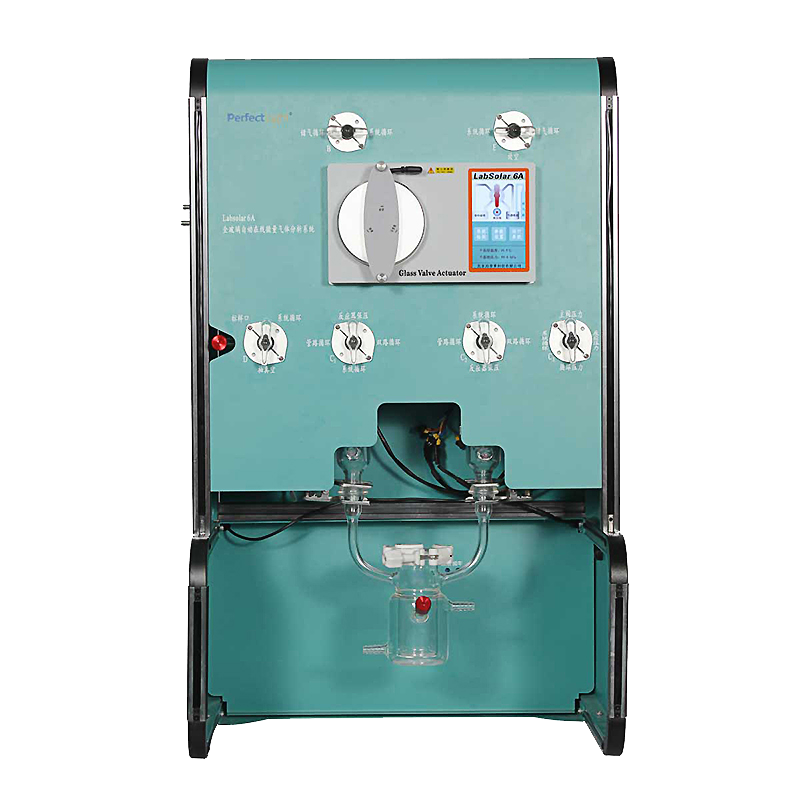Small materials, yet the key to converting sunlight into hydrogen energy
In the "feast" of water splitting for hydrogen production that transforms sunlight and water into clean hydrogen energy, photocatalysts play an indispensable role as the "matchmaker." They do not directly participate in the reaction consumption but can efficiently promote the decomposition of water molecules, representing a brilliant combination of natural wonders and human wisdom.
The core function of photocatalysts lies in capturing solar energy and converting it into chemical energy. When specific materials (most commonly semiconductor materials) absorb sunlight, the energy from the light "excites" electrons in the material to higher energy levels.
These excited electrons gain enough energy to break the strong hydrogen-oxygen chemical bonds in water molecules, thereby decomposing water (H₂O) into hydrogen gas (H₂) and oxygen gas (O₂). The entire process requires no external electrical input and relies solely on solar energy, achieving truly zero-carbon energy production.
An ideal photocatalyst needs to possess three key characteristics: high-efficiency light absorption, effective charge separation efficiency, and superior surface reaction activity. It is like an excellent "matchmaker" who not only is good at spotting opportunities (absorbing light energy) but also effectively facilitates the match (separating charges) and finally ensures a "happy union" (completing the reaction).
Although the principle is clear, the development of photocatalysts still faces multiple challenges. The efficiency of solar light utilization is the primary bottleneck: currently, most photocatalysts mainly utilize the ultraviolet region, while ultraviolet light accounts for only about 4% of the total solar energy, and the utilization efficiency of the visible light portion (about 43%) is generally low.
The problem of charge recombination is equally troublesome: the lifetime of photogenerated electrons and holes is extremely short, usually recombining within nanoseconds or even picoseconds, leading to energy loss. In addition, the cost and stability of catalysts also restrict commercial progress—many highly efficient catalysts contain precious metals (such as platinum), which are expensive, and their photochemical corrosion during reactions affects long-term stability.
To address these challenges, researchers have developed various improvement strategies: element doping to broaden the light response range, constructing heterojunctions to promote charge separation, designing nanostructures to increase active sites, and developing non-precious metal catalysts to reduce costs. These improvements have continuously enhanced the efficiency of photocatalysts, laying the foundation for large-scale applications.
In the research and development of photocatalysts, advanced characterization equipment and testing methods play a crucial role. The series of products from Beijing Porfire Technology Co., Ltd. provide strong support for researchers, helping them gain deeper insights into the photocatalytic process and accelerating the development of new materials.
The Labsolar-6A high gas-tightness automatic online photocatalytic analysis system adopts an all-glass design with extremely high gas tightness, enabling the system’s initial oxygen concentration to be maintained at the level of tens of ppm for a long time, greatly reducing the inhibition of oxygen on catalytic reactions. This high-precision environmental control is vital for accurately evaluating catalyst performance, especially for oxygen-sensitive photocatalytic hydrogen production reactions.

Surface photovoltage testing technology provides the "eyes" to observe charge behavior. Through steady-state/transient surface photovoltage measurements, researchers can determine the semiconductor conduction type, measure carrier diffusion length, analyze surface state parameters, and obtain microscopic kinetic information on photogenerated charge separation, transport, and recombination in the material. This information is irreplaceably valuable for understanding catalyst working mechanisms and guiding material design.
To do a good job, one must first sharpen one's tools. In the promising field of photocatalysts, precision instruments and advanced methods are not only the "eyes" and "hands" of researchers but also the "catalysts" accelerating innovation. Every breakthrough in the laboratory adds a brick to the future of clean energy, and precise and reliable scientific research equipment will continue to play an irreplaceable key role in this process.
Recommended
news